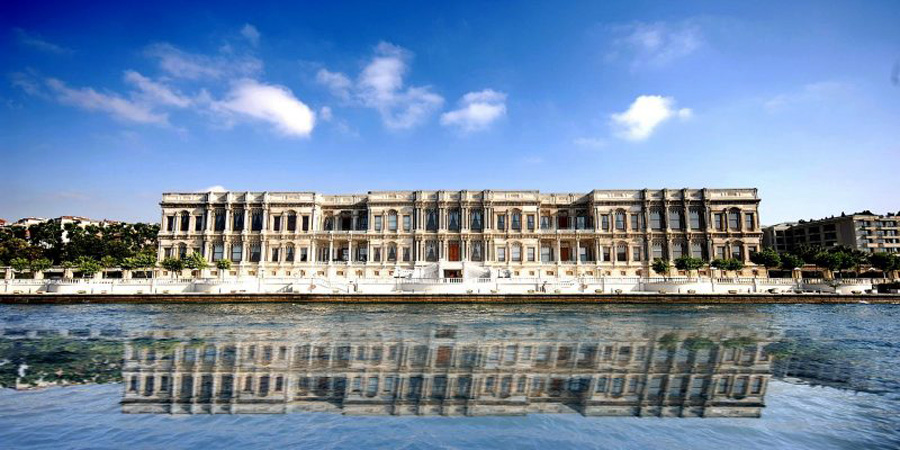
Ephemera
Mario Serra venture
Serra is probably a Maltese / Levantine surname, however Mr Mario Serra is clearly not from the Smyrna / Izmir branch of this family that lived in that city till the recent past*. He represents a post-Ottoman wave of foreign entrepeneurs who arrived in the new Republic to act as an over-seer in the specialist job of running a casino. This casino was situated in one of the palatial residences that form the Yıldız Palace complex of gardens and kiosks in a park along the Bosphorus, one of the summer retreats of the Ottoman Sultans and served its clientelle in the 1920s, post the end the Empire in 1923. The cover of this photo / promotion brochure indicates a date of 1926, a time when Istanbul was still recovering from the effects of long wars with the end of empire, yet still had a cosmopolitan community and no doubt the patrons of this casino were heavily weighed towards Levantines and foreigners who still had a degree of disposable income. Yıldız Palace was later (1930s?) converted into a guest house for visiting heads of state and royalty. Today it is a museum and its gardens are used for private receptions.
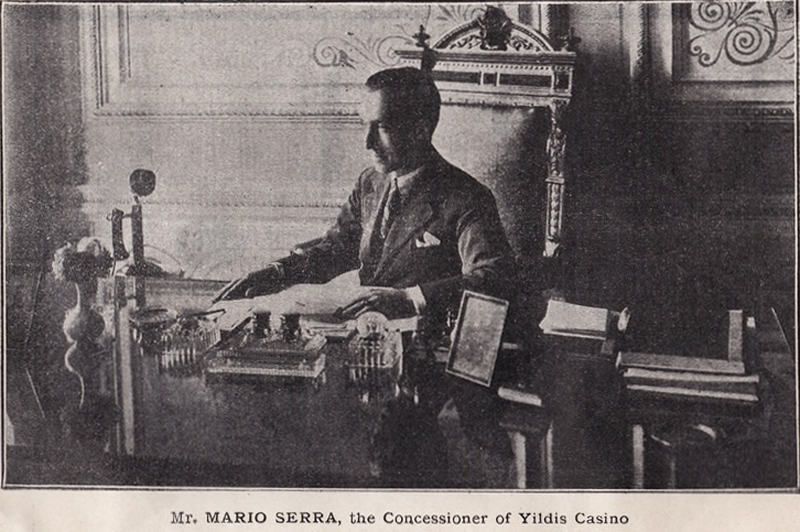
There is more information on Mario Serra and the circumstances that brought him here in a recently published book (The Black Russian - Vladimir Alexandrov, 2014): Tourism was still on the rise in Constantinople. A noticeable jump occured in early spring of 1925, when hundreds of American and British tourists started arriving every week. During the first half of 1926, the number swelled to twenty-one thousand, which was nearly double the tally for the same period the previous year. Although most tourists spent only a day or two rushing past the famous sights before heading off to the Mediterranean, it did not take long for other entrepreneurs to see the potential that Constantinople had and to start dreaming up ways to capitalize on it.
The most audacious plan was to create a rival Monte Carlo on the banks of the Bosphorus. In late summer and fall of 1925, word spread through Constantinople that a syndicate headed by Mario Serra, an agressive young businessman from Milan, had rented for a period of thirty years the Yıldız Palace complex on the northeastern edge of the city as well as Çırağan Palace on the shore of the Bosphorus just below it. This arrangement had been approved at the highest levels of the Turkish government, by the Council of Ministers and President Kemal himself. The jewel of the Yıldız complex was the Şale Kiosk, a palace that had been the sultan’s residence in the late nineteenth century. Its appearance was highly incongruous for Constantinople because on the outside it resembled an enormous Swiss chalet (whence the first part of its Turkish name), whereas inside it was elaborately decorated with carved marble, mother-of-pearl inlaid wood, frescoes, and gilded plaster. Serra intended to transform the palace’s magnificent throne room into a gambling casino and to use the other halls for bars, restaurants, and dancing. In the huge park outside there would be sporting facilities, a roller coaster, and possibly a golf course, while other amusements would be set up by the large lake and in the smaller buildings on the grounds. Plans for Çırağan Palace involved rebuilding the white marble structure, which had been badly damaged by fire...
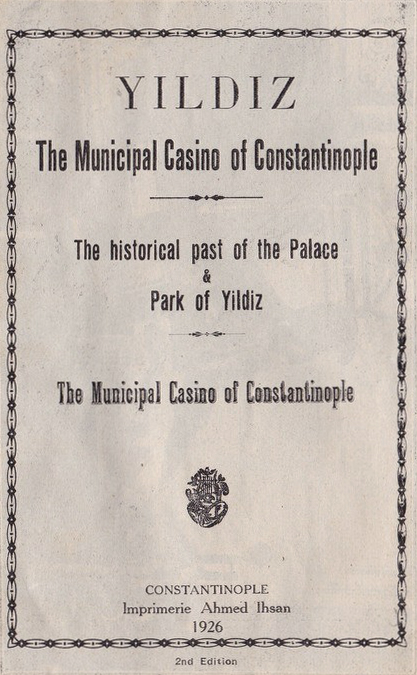
Mario Serra did not run this casino complex for the intended 30 years and no doubt his optimism for business to keep growing via the tourist trade was misplaced. In reality this was a rather short-lived project. The opening of the casino took place at Şale Kiosk on 26 September 1926 with dignataries including the internal affairs minister Cemil Bey and mayor of Istanbul Muhiddin Bey. Mario Serra was given almost the enterity of the Yıldız complex, however since the restoration of many were not complete, the full hand-over hadn’t taken place.
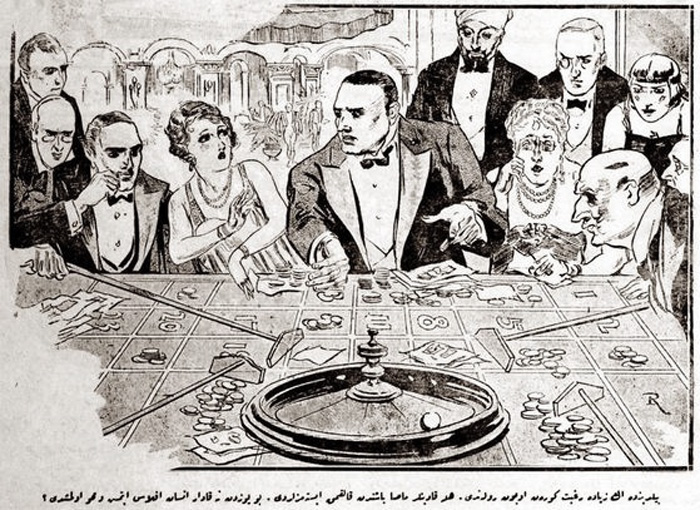
Cartoon image from a local newspaper in 1927 showing the players at Yıldız casino.
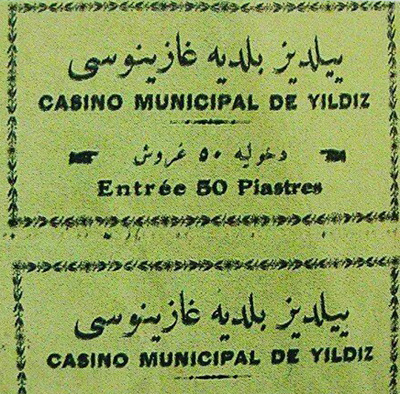
Initially the casino received rave reviews from the local press as it was seen as a way of prestige with the ‘Monte Carlo of the East’ and the promise of riches to come. However on the night of 26 October 1926 shocked the observers: The head-secretary of the Hungarian Embassy Miklon Derepaş who lost his own as well as borrowed money in the casino committed suicide. Reporters of the local press also changed their tune when they realised how much money Serra was making and issued articles with the message ‘the rent should be increased’, but of course the contract had been signed earlier. However when even though it was illegal for Turks to gamble there, but were allowed in, then subsequently losing money on the gambling tables resulted in the editorials getting a more nationalistic line such as ‘a swamp gnawing at the prosperity of Turks’. On 12 September 1927 Istanbul head-prosecutor Nazif Bey raided with police the casino and sealed it! Turks who were rounded up gambling in this raid were brought in front of the judge and when asked why they were gambling even though it was illegal, they responded that it was not and on the opening night the mayor of Istanbul had himself played and they were also invited. From there a long court case began between the Istanbul Municipality and Mario Serra. The courts initially decided for the return of the casino to Mario Serra and the re-opening. On objection, this decision was over-turned. With the breaking of the contract Mario Serra found the amount of compensation to be insufficient and opened new court cases and these dragged on for 10 years until 1938. On the first day of İsmet İnönü’s appointment as the new president of Turkey, on 12 November 1938, 2 days after the death of his predecessor Mustafa Kemal Atatürk, he signed a presidential order cancelling the contract and any debts. It is not clear if Mario Serra got any final settlement fee, but one can imagine this was an imposed settlement and he had no leverage left in the matter. History does not record when and to where Mario Serra then departed.
The Yıldız Palace complex before becoming a museum served as the Military Academy Command between 1954-1964.
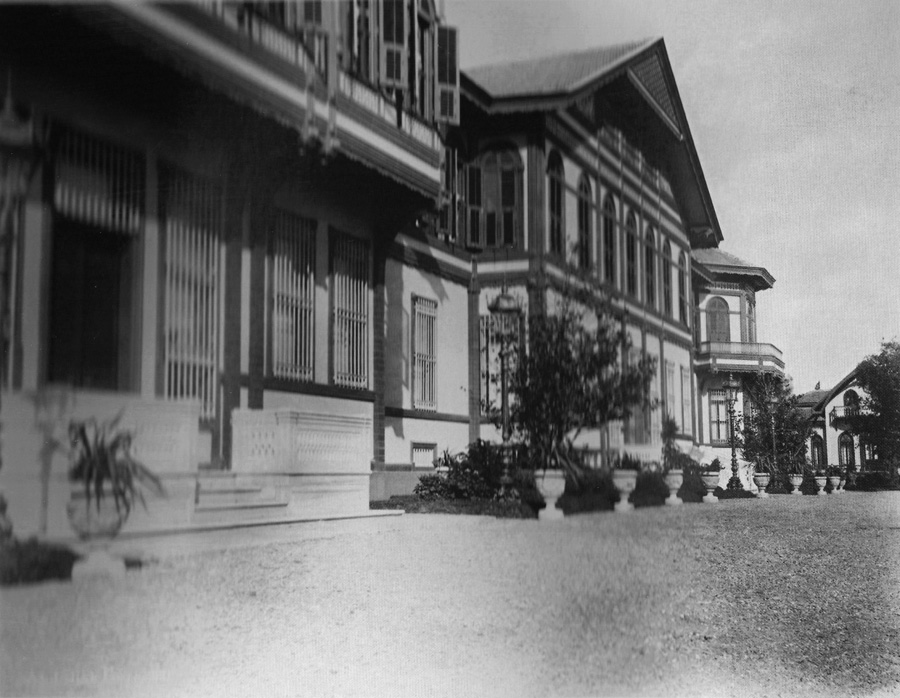
Old and new views of the frontage of Şale Kiosk.
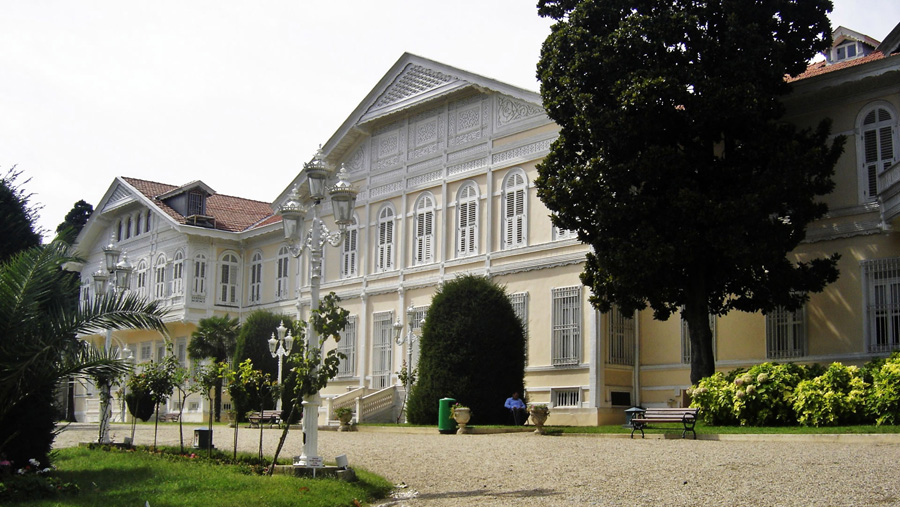
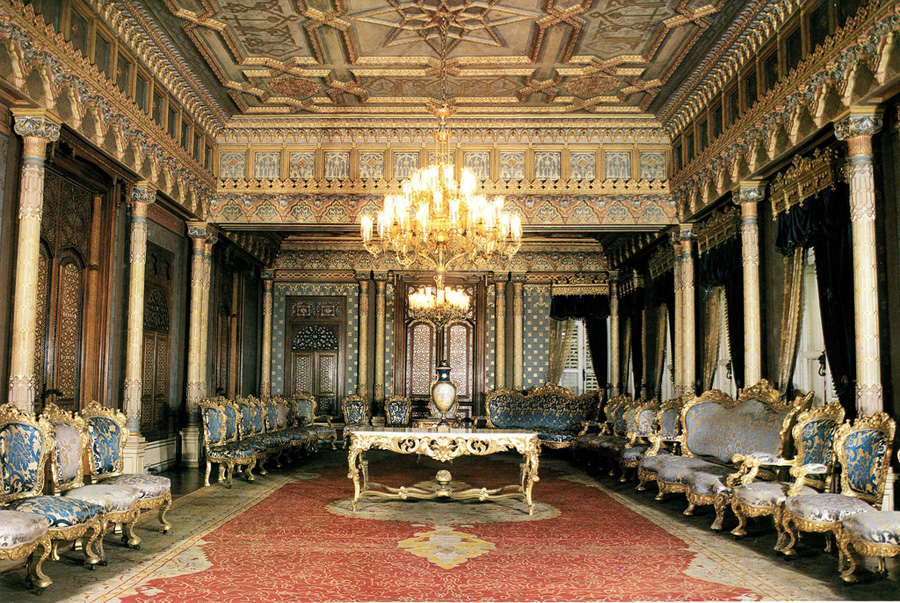
Interior decorations of Şale Kiosk.
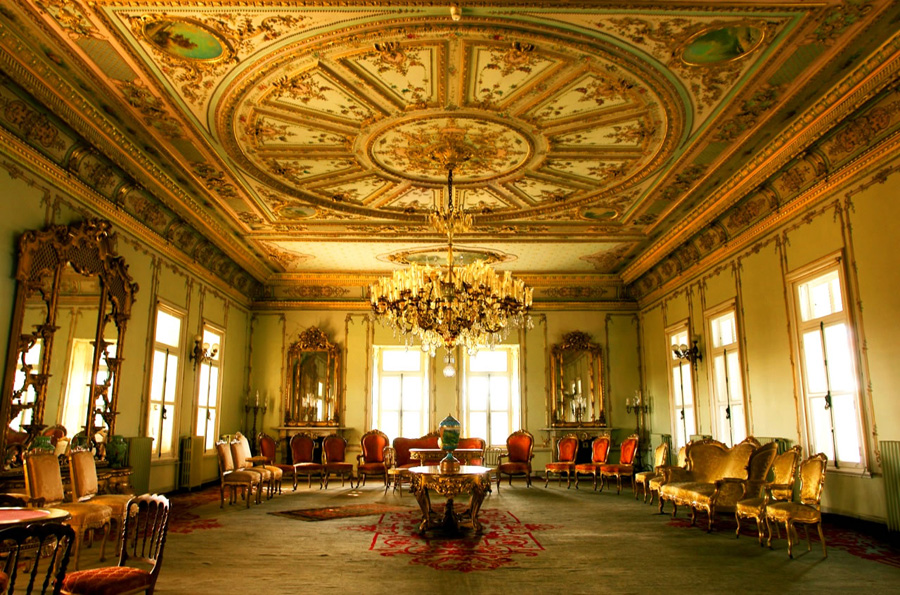
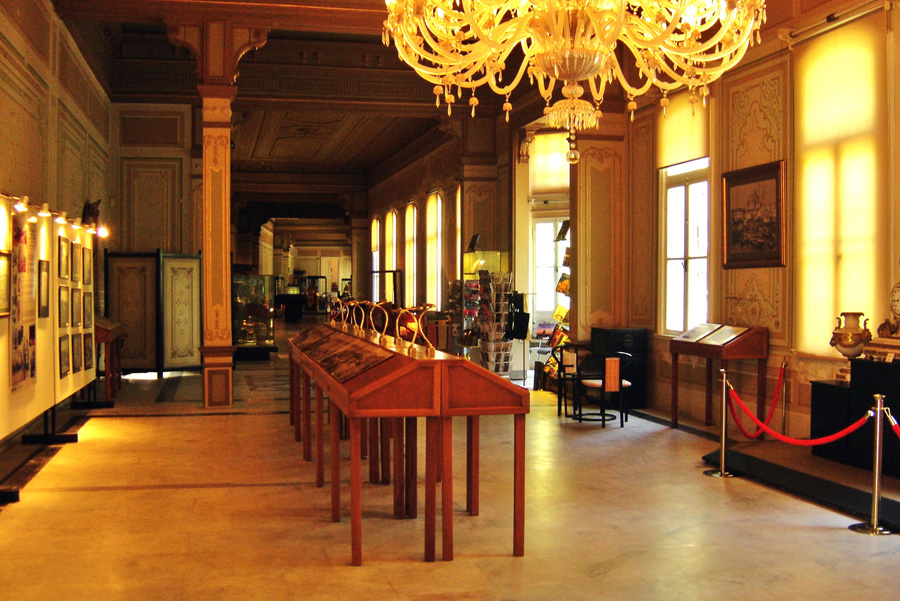
Şale Kiosk today serves as a museum.
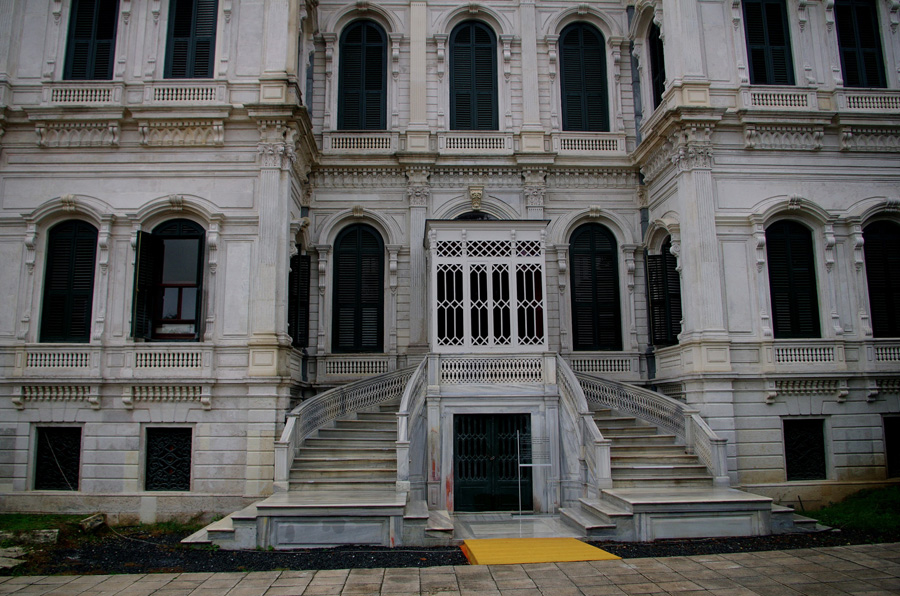
Frontage of Yıldız Palace.
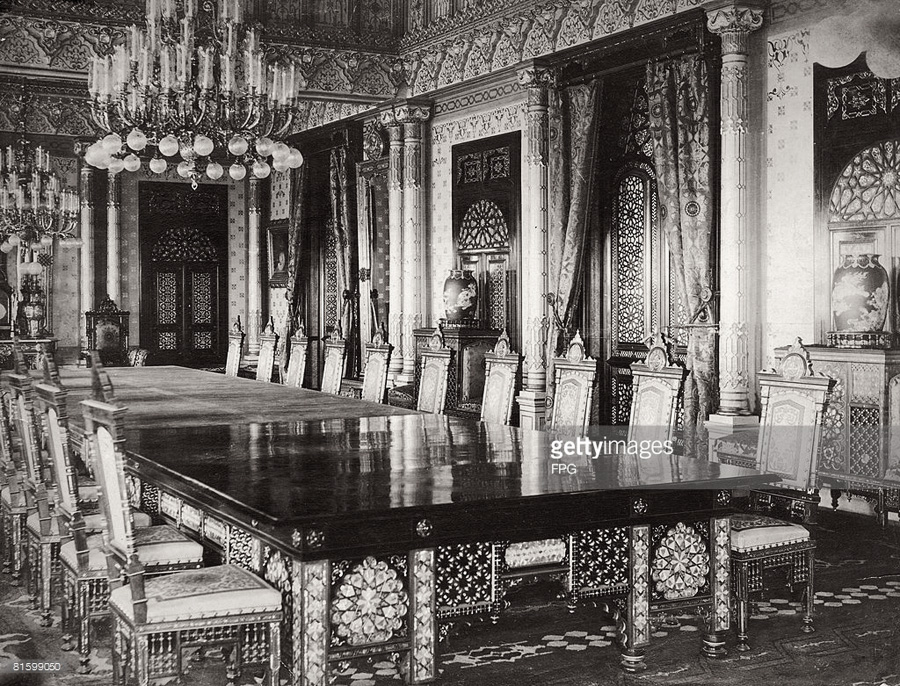
Archive photo of the dining room of Yıldız Palace - part of the opulence that bankrupted the Ottoman Empire.
